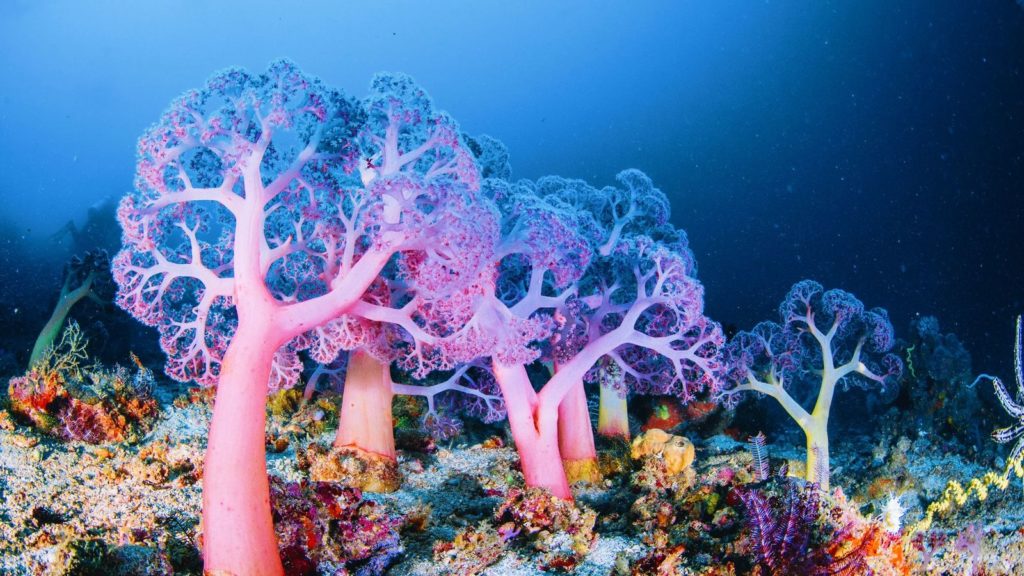Updated 16 March 2021. Scientists have recorded over 116 deep-ocean coral reefs, which they say are as important to preserving marine biodiversity as their coastal counterparts.
This marks the first comprehensive study of coral reefs in the high seas, which make up approximately 66 percent of the world’s oceans, and its publication coincides with the launch of the Coral Reefs on the High Seas Coalition.
The group is formed by scientists and non-profit organizations such as the Deep Sea Biology Society in order to survey the deep ocean reefs and advocate for their protection.
Scientific journal Frontiers in Marine Science published the study, which is titled Coral Reefs of the High Seas: Hidden Biodiversity Hotspots in Need of Protection. In the introduction, coalition coordinator and study co-author Daniel Wagner discussed the important role played by coral in marine environments.
“Coral reefs are widely regarded as some of the most biodiverse and productive ecosystems on Earth,” said Wagner. “Often referred to as the rainforests of the sea, coral reef ecosystems account for nearly one-quarter of the total marine biodiversity, despite only covering 0.2% of the total seafloor by area.”
Coral Reefs of the High Seas recorded hundreds of deep-sea reefs located between 200 and 1,200 meters below the surface. While sunlight in the deep ocean varies, it rarely significantly penetrates beyond 200 meters, and the majority of the discovered reefs sit in darkness.
In a press release published by U.S. nonprofit Conservation International, Wagner also said: “People often think of the high seas as ocean deserts. In these remote high seas areas, there is actually a lot of diversity, including coral reefs, which are some of the most biodiverse ecosystems on Earth.”

Are deep-sea coral reefs in danger?
The survival of deep-sea reefs is highly dependent on the stability of the deep ocean. They are extremely vulnerable to ocean warming and other disruption, including that of deep-sea mining.
However, many companies around the world increasingly emphasize deep-sea mining in their search for rare and in-demand materials such as silver, gold, diamonds, copper, cobalt, zinc, and more. And in the future, smartphone, laptop, and tablet production may depend on deep-sea mining.
Even electric car production heralded as a solution to fossil fuel-dependent transportation, could be dependent on the industry for metal cobalt — a key ingredient in batteries. Thus far, formal regulations for ocean mining have never been comprehensively established.
According to Coral Reefs of the High Seas, marine protected areas (MPAs) include just 1.2 percent of the high seas. Additionally, protections prevent bottom fishing in just 0.61 percent and deep-sea mining and exploration in 0.41 percent.
In contrast to their limited legal protections, the high seas contain nearly 90 percent of all ocean biomass. They also produce almost 50 percent of the oxygen we breathe and capture 1.5 billion tons of carbon dioxide (CO2) every year.
Typically, many of the species, including coral reefs, that survive at significant depths are slow-growing and long-lived. This means that it could take thousands to millions of years to recover from any damage.


